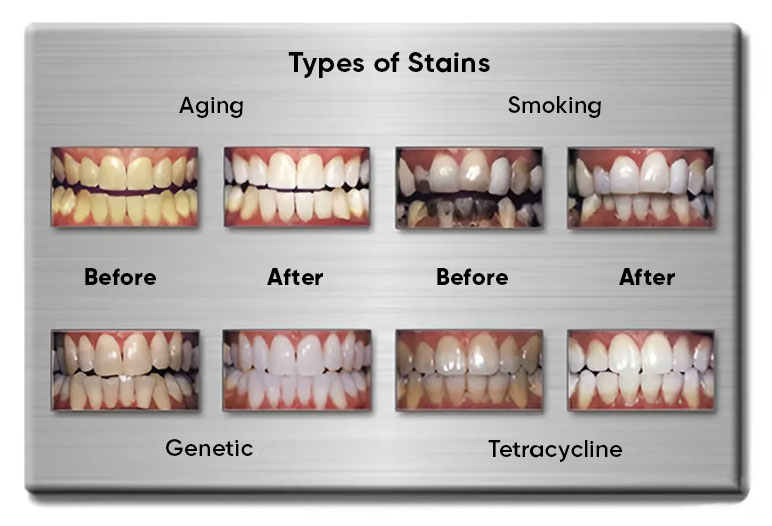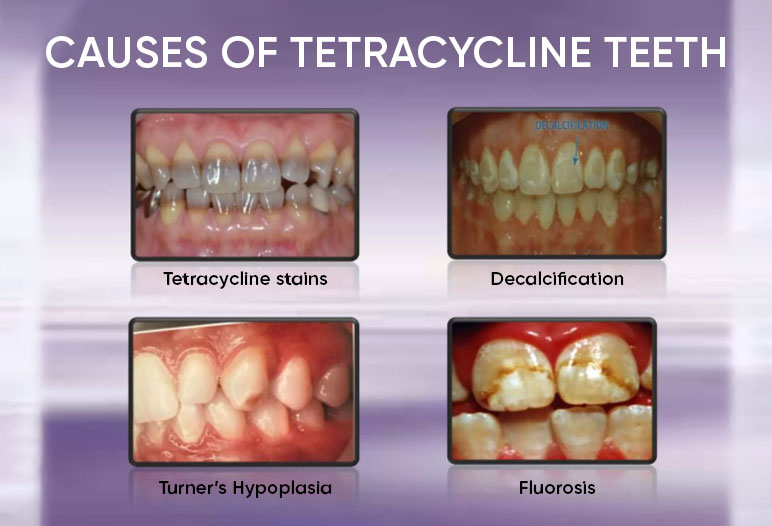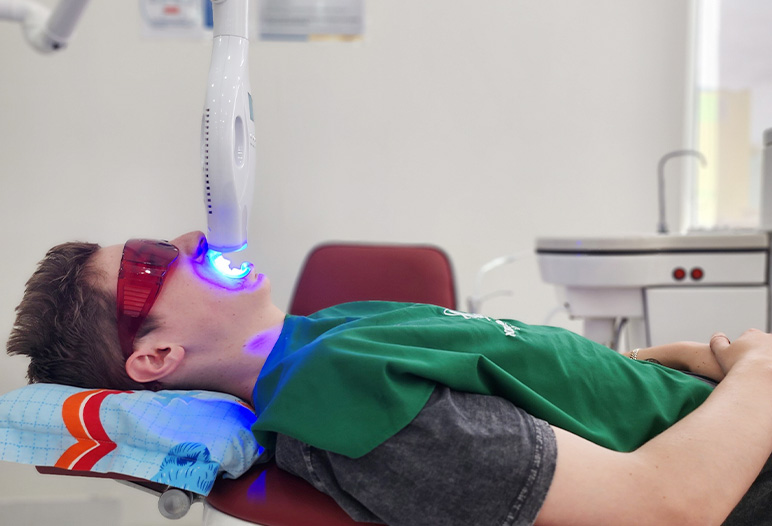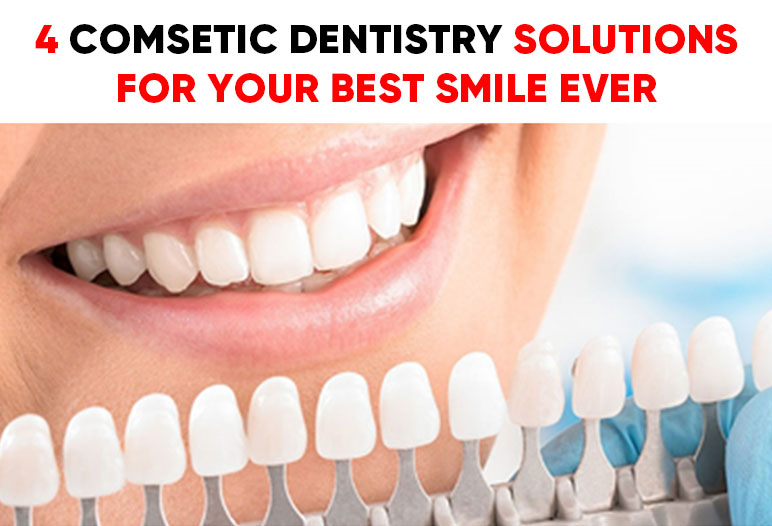Tetracycline teeth staining refers to the discoloration of teeth that occurs as a result of exposure to tetracycline antibiotics during critical periods of tooth development. This phenomenon not only alters the appearance of teeth but can also have profound effects on an individual’s self-esteem and social interactions.
What are tetracycline teeth?
Tetracycline teeth are characterized by their distinct discoloration, which typically appears as shades of gray, brown, or even yellow. This condition arises from the use of tetracycline antibiotics during the formative years of dental development.
The origin of tetracycline stains coincides with the timing of antibiotic administration; when these medications are ingested during pregnancy or in early childhood, they can disrupt the normal mineralization process of developing teeth. The impact of this staining extends beyond mere aesthetics; it can significantly influence one’s self-image and confidence in social situations.
Defining tetracycline teeth
Tetracycline is a broad-spectrum antibiotic that was widely prescribed from the 1950s until the late 1970s, when its risks became more apparent. In particular, it was recognized that when children under the age of eight were exposed to these drugs, particularly during the critical period of tooth development, staining could occur. The severity of the stain often correlates with the dosage and duration of tetracycline exposure.
When we delve into what tetracycline teeth truly represents, we uncover a complex interplay between medication usage and biological processes. Unlike other causes of tooth discoloration, tetracycline teeth staining is not simply a cosmetic issue; it is a reminder of past medical treatments that may have been necessary for health reasons.

Impact on appearance and Self-esteem
For many individuals affected by tetracycline stains, the psychological ramifications can be significant. Society often places a high value on physical appearance, and discolored teeth can lead to feelings of embarrassment, anxiety, and diminished self-worth. Many people with tetracycline yellow teeth feel compelled to hide their smiles, affecting both personal and professional relationships.
Furthermore, this form of discoloration can make regular oral care routines feel less effective, fostering frustration and helplessness. Given the emotional toll that dental appearance can take, understanding tetracycline teeth becomes not just a matter of aesthetics but also a journey toward self-acceptance and empowerment.
The impact of tetracycline on tooth development
Understanding how tetracycline interferes with tooth development requires a look at the intricate processes involved in enamel formation and mineralization. Tooth development is a delicate procedure involving various biological factors, and any disruption can lead to undesirable outcomes.
Mechanism of action
The primary mode of action of tetracycline involves its ability to bind to calcium ions, which are crucial for normal tooth mineralization. When tetracycline is taken during the growth phase of teeth, particularly during the third trimester of pregnancy or in early childhood, it gets incorporated into the structure of teeth. This results in enamel that is not only discolored but also structurally compromised in some cases.
Moreover, the degree of staining can vary significantly based on several factors, including the timing of administration, the specific tetracycline derivative used, and individual susceptibility. The darker the stain, the more it can affect the perceived health and aesthetic of an individual’s smile.
Varying degrees of staining
Not everyone who has been exposed to tetracycline develops noticeable stains. For some, the staining manifests as mild discoloration, while for others, it may present as severe, dark spots. The spectrum of tetracycline tooth discoloration thus ranges from subtle nuances to extreme visual impacts that can change the overall appearance of a person’s mouth.
While some might attribute their smile’s imperfections to poor oral hygiene, those suffering from tetracycline teeth issues know that these stains are rooted in something far beyond surface-level cleaning. Understanding this can foster compassion and awareness in social contexts where stigmas related to dental appearance often prevail.
Causes of tetracycline teeth
Identifying the causes of tetracycline teeth involves examining both the direct effects of antibiotic intake and the broader context of dental health during critical developmental stages.
Tetracycline antibiotics
Common tetracycline antibiotics include doxycycline, minocycline, and oxytetracycline. These medications have proven effective against various bacterial infections, but their implications for dental health cannot be overlooked.
The crucial time frame for tooth development encompasses pregnancy through early childhood. During these periods, if a mother or child is prescribed tetracycline, the risk of tooth staining increases significantly. This underscores the importance of informed medical prescriptions during sensitive stages of development, highlighting a need for careful consideration by healthcare providers.

Critical periods of tooth development
The impact of tetracycline is most pronounced when the drug is consumed during key periods when teeth are forming. In infants, toddlers, and pregnant women, the ingestion of tetracycline can lead to permanent changes to tooth color and structure.
This raises important questions around prescription practices and public awareness about the potential long-term consequences of antibiotic use. While treating infections is essential for health, the trade-offs must be communicated effectively to prevent unnecessary instances of tetracycline teeth staining.
Other contributing factors
In addition to tetracycline use, there are multiple factors that may exacerbate staining severity. These can include genetic predispositions, dietary habits, and oral hygiene practices. For example, consuming beverages like coffee, tea, or cola can further contribute to discoloration, creating a compounded effect that amplifies the visibility of existing stains.
Increasing awareness of these additional contributors can empower individuals to take proactive measures in maintaining their dental health. Engaging in regular dental check-ups and adopting good oral hygiene habits can help mitigate the effects of tetracycline tooth discoloration.
Effects of tetracycline teeth
The effects of tetracycline teeth extend beyond the physical appearance of discoloration; they can profoundly alter a person’s social experiences and sense of identity.
Tetracycline teeth staining
The staining associated with tetracycline can range widely in color variations, from grayish hues to deep browns and even greens. These colors often manifest unevenly across the teeth, leading to a patchy and inconsistent appearance.
The visual aspect of stained teeth can be disheartening, especially when one is confronted with societal standards of beauty that prioritize bright white smiles. Understanding the spectrum of discoloration can help individuals contextualize their experience and seek appropriate solutions.
Uneven staining patterns
Uneven staining can create significant challenges in terms of treatment and restoration. Variability in discoloration can lead to difficulties in achieving uniformity during whitening procedures or cosmetic corrections. This is why some individuals may feel discouraged from pursuing treatments altogether, fearing that their efforts will yield disappointing results.
Acknowledging and addressing the unique nature of each individual’s case is crucial when considering avenues for treatment. It reinforces the idea that every person’s dental history is distinct, deserving of tailored approaches to care and restoration.
Psychological impact
The psychological implications of having tetracycline yellow teeth can be profound. Individuals who struggle with dental discoloration may experience self-consciousness, anxiety, and avoidance of social interactions that require displaying their teeth. The stigma surrounding imperfect smiles often leads to negative self-perception.
When evaluating the psychological effects, it’s critical to recognize that societal norms play a major role in shaping how individuals perceive themselves. By fostering conversations around dental health, we can begin to challenge these norms and promote a more inclusive understanding of beauty.
Treatment options for tetracycline teeth
Even though the presence of tetracycline teeth may seem disheartening, there exist numerous treatment options aimed at mitigating the effects of staining and restoring confidence.
Professional teeth whitening
Professional teeth whitening is perhaps one of the most sought-after methods for addressing tetracycline teeth staining. Dentists offer various in-office whitening treatments, utilizing stronger bleaching agents designed to penetrate deeper into the enamel and lift stubborn stains.
However, it’s essential to recognize the limitations of whitening treatments for tetracycline-related discoloration. Many patients find that standard whitening methods may not yield the desired results, prompting them to explore alternative solutions.

At-Home whitening options
As an adjunct to professional treatments, at-home whitening kits are often recommended. These kits typically contain lower concentrations of bleach and may provide a gentler approach for individuals with sensitive teeth. However, patience is vital, as results are generally slower and more subtle compared to in-office options.
It’s crucial for individuals considering at-home whitening to consult their dentist beforehand. Personalized guidance can help ensure safe and effective application while setting realistic expectations regarding outcomes.
Cosmetic dentistry solutions
For those seeking more immediate and dramatic results, cosmetic dentistry offers a variety of solutions, such as veneers, crowns, and bonding. Dental veneers, for instance, are thin shells of porcelain placed over the front surface of teeth to improve appearance, effectively masking underlying discoloration.
On the other hand, crowns cover the entire tooth and can address both structural and aesthetic concerns. Each option presents its pros and cons; while they can create a dramatically improved smile, they often come with higher costs and require careful consideration regarding their long-term implications.

Less common treatments
Beyond traditional approaches, lesser-known treatments like microabrasion can sometimes offer benefits for individuals with mild tetracycline staining. Microabrasion involves removing a thin layer of enamel to eliminate superficial stains, allowing for a brighter appearance without extensive dental work.
These alternative treatments remind us that there are multiple pathways to achieve a healthier-looking smile. However, it’s essential for individuals to engage in thorough discussions with their dental professionals about potential risks and benefits before proceeding with any treatment plan.
Conclusion
In summary, understanding tetracycline teeth staining opens a dialogue about the intersection of health, aesthetics, and psychological well-being. The intricacies of how tetracycline affects tooth development illustrate the lasting consequences of medical decisions made during critical periods of life.
For those grappling with the impact of tetracycline teeth, it’s crucial to recognize the depth of the issue. Beyond seeking treatment options, individuals can benefit from community support, increased awareness, and open discussions about dental health and beauty standards.
As we move forward, the goal should be to empower individuals to embrace their unique dental journeys while finding ways to enhance their self-esteem and confidence. After all, a smile is more than just a reflection of one’s dental care; it embodies stories of resilience, vulnerability, and authenticity.



SAIGON CENTER DENTAL CLINIC
Best dentist in Vietnam
Saigon Center Dental Clinic is proud to be one of the most prestigious dental clinics in Ho Chi Minh City with a variety of services: Single dental implant, Full jaw dental implant (especially All On 4, All on 6, and Zygoma Implant), Cosmetic porcelain crowns, Porcelain veneers, Braces, Clear braces, Tooth fillings, Wisdom tooth extraction, Treatment of toothache...
SAIGON DENTAL IMPLANTS CENTER
Best dentist in Vietnam
Saigon Implant Center - Dental Clinic utilizes the latest technology for specialized treatment in the field of Single implant, full jaw implants, All on 4 implants, All on 6 implants, Zygoma implant....